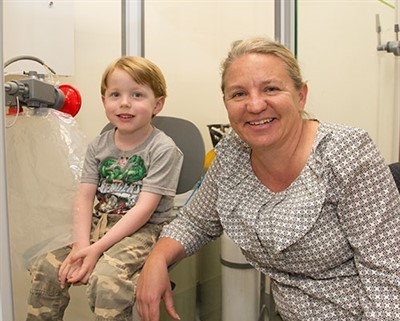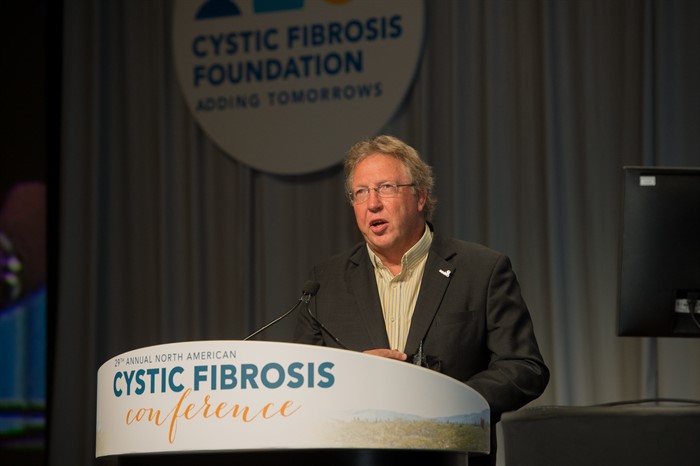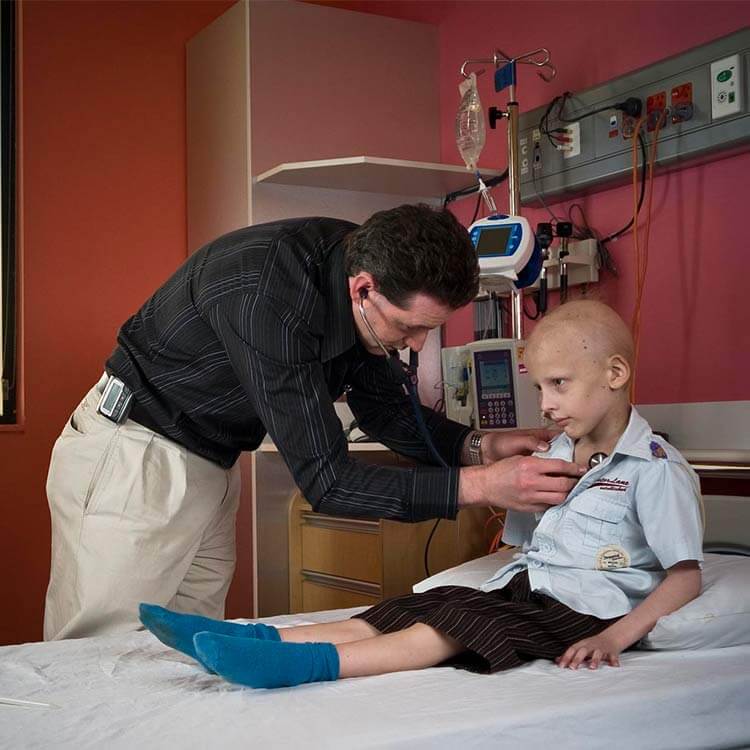Search

News & Events
Video: Top 6 ways to get your kids to eat their vegiesNutritionist Dr Roslyn Giglia from The Kids Research Institute Australia shares her top 6 ways to get your kids to eat their vegies.
News & Events
Rethink needed on literacy interventionA new study by The Kids Research Institute Australia has found current early intervention programs are failing to identify a large proportion of children with language an

News & Events
The Kids Research Institute Australia Open DayFriends and supporters of The Kids Research Institute Australia are invited to join us to celebrate 25 years of making a difference to kids' health at our Open Day.

News & Events
Sun safe app - Be part of a real life research projectThe Kids Research Institute Australia researchers are developing a mobile phone app that will give you tailored advice for your skin type.

News & Events
Healthy kids help medical researchThat's why Melissa has signed up her four year old healthy son Odin for a study at Perth's The Kids Research Institute Australia that will help kids with cystic fibrosis.

News & Events
Prestigious award for cystic fibrosis researcherProfessor Stephen Stick has been awarded the prestigious Richard C. Talamo Distinguished Clinical Achievement Award from the US Cystic Fibrosis Foundation.

News & Events
Unlocking the health benefits of sun exposureLike all of us, Dr Shelley Gorman grew up with the 'slip, slop, slap' message. And for good reason, Australia is one of the sunniest countries in the world.

News & Events
New childhood brain tumour drugs to be testedIt is the kids he treats in his role as a paediatric oncologist that motivate Dr Nick Gottardo in his work as a The Kids Research Institute Australia cancer researcher.
News & Events
The Folate StoryNeural tube defects are birth defects of the brain or spinal cord. They happen mostly in the first month of pregnancy before many women know they are expecting.
News & Events
Lotterywest grant for new Institute computersSupport from Lotterywest will enable The Kids for Child Health Research to significantly upgrade its information technology infrastructure.
